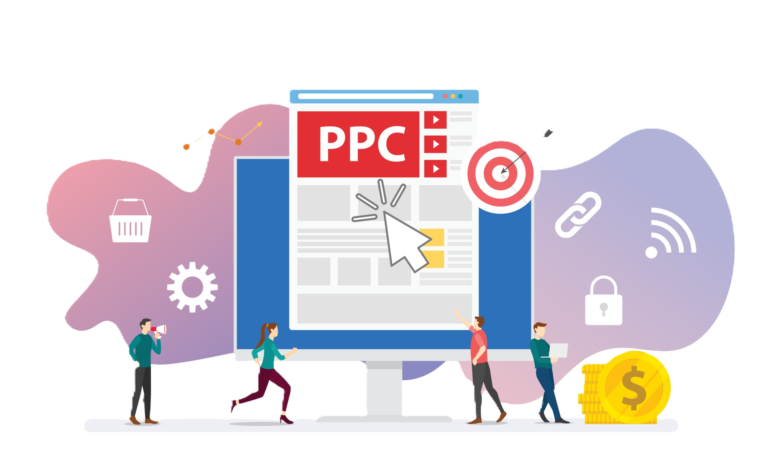Pay Per Click (PPC) Advertising Services
In the current competitive digital environment, businesses require strategies that yield quick results. Pay per click (PPC) advertising stands out as one of the most effective methods to attract targeted traffic to your website, making sure potential customers discover you promptly. At ThinkMuse, a top Pay per click service agency in Raipur, we focus on developing tailored PPC campaigns that provide a high return on investment and align with your business objectives.

Why select ThinkMuse for
PPC Advertising?
Tailored PPC Campaigns
We understand that every business is unique, so we design customized PPC campaigns that fit your specific needs and objectives.
Proven Expertise
Our team has years of experience managing successful PPC campaigns across various platforms, including Google Ads, Bing Ads, and social media.
Data-Driven Strategies
Our PPC strategies are based on thorough data analysis, ensuring that every dollar spent yields the highest return on investment.
Our Services
Search Ads
Search advertisements are recognized as some of the most impactful varieties of PPC advertising. They appear at the top of search engine result pages (SERPs) whenever users search for pertinent keywords.
Display Ads
Display advertisements are showcased across various websites within the Google Display Network, enabling you to engage with users during their favorite online activities.
Remarketing Campaigns
Remarketing provides an opportunity to re-engage users who have previously visited your site but did not make a purchase.
Social Media Advertisements
Our pay-per-click services extend beyond mere search engines. We manage paid advertising initiatives on social networking platforms such as Facebook, Instagram, LinkedIn, and Twitter, ensuring you engage with your audience where they frequent most.
E-Commerce Ads
For online retail businesses, shopping advertisements are a powerful means to showcase your products. Our PPC campaign strategy prioritizes optimizing shopping ads to guarantee they rank at the forefront of search results, directing traffic straight to your product listings.
Campaign optimization
Effective PPC campaigns require ongoing supervision and fine-tuning. We monitor essential performance indicators like click-through ratios (CTR), conversion ratios, and cost per click (CPC) to ensure your campaign is functioning at its best.
Benefits of PPC Advertising
PPC advertising offers a variety of distinct benefits for businesses aiming to
grow their online presence. Some of the main advantages include:
Immediate Results
Unlike organic SEO approaches, PPC provides quick visibility on search engines, rapidly attracting traffic.
Cost Control
You set your own budget, and you only incur costs when someone interacts with your ad, ensuring that your marketing funds are allocated wisely.
Measurable Performance
PPC enables you to assess every aspect of your campaign, from impressions to conversions, giving you comprehensive control over your return on investment.
Book
Consultation Call

Our Process
-
Discovery & Planning
We begin with a consultation to get a clear understanding of your business goals, target audience, and budget.
-
Keyword Research
Our team performs in-depth keyword research to find the most relevant and cost-effective keywords for your campaign.
-
Campaign Setup
We craft engaging ad copy, design attractive display ads, and establish targeted campaigns to maximize your reach.
-
Monitoring and Optimization
After launching the campaign, we track its performance daily and make necessary tweaks to ensure the best results.
-
Reporting
You will receive comprehensive monthly reports detailing the campaign’s performance and key metrics.
Frequently Asked Questions

PPC is a type of online advertising where you pay each time someone clicks on your ad. It allows you to purchase visits to your website instead of relying solely on organic traffic.
The cost of a PPC campaign varies based on several factors, such as your industry, the competitiveness of your chosen keywords, and your overall advertising budget. We collaborate with you to establish a budget that optimizes your return on investment.
One of the key benefits of PPC is the quick turnaround for results. You can begin to see traffic and conversions almost immediately after your campaign launches, often within just a few hours.
Definitely! PPC is flexible and can be tailored to fit businesses of all sizes. Whether you run a small local shop or a large corporation, PPC can effectively drive targeted traffic to your site.
We manage PPC campaigns on various platforms, including Google Ads, Bing Ads, and social media sites like Facebook, Instagram, and LinkedIn.
